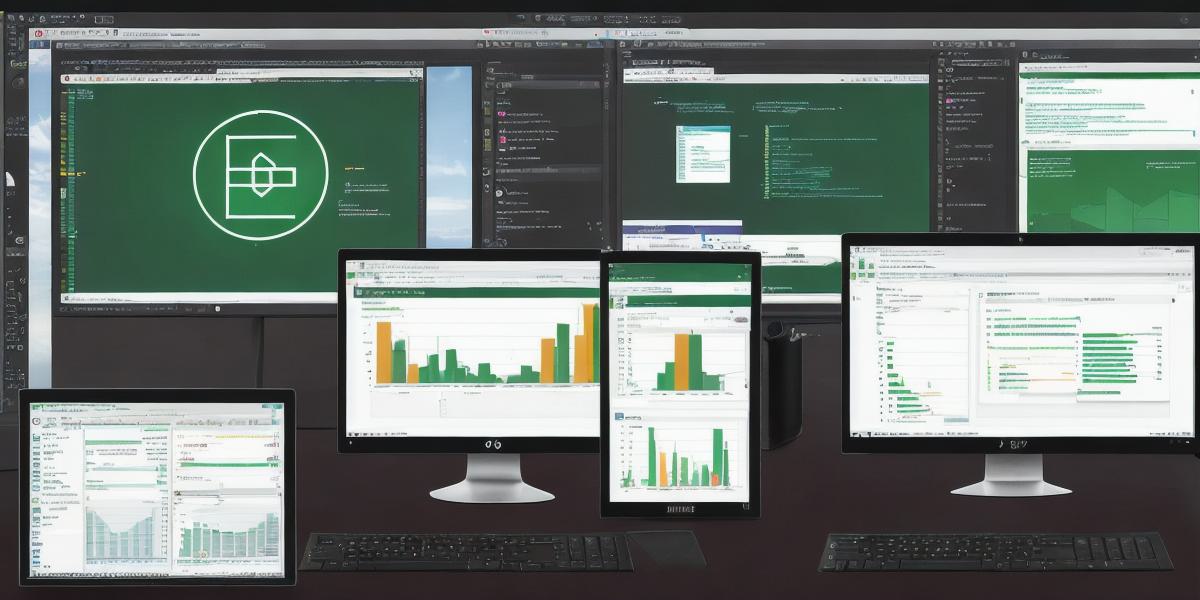Introduction
Test-driven development (TDD) is a software development approach that emphasizes writing tests before writing code to ensure that every piece of functionality is covered and functioning correctly. Unity, a versatile cross-platform game engine, also supports TDD using various testing frameworks, which can be effectively applied in web development. In this comprehensive guide, we’ll explore how to implement Unity TDD in your software development process as a web developer.
Why Use Unity TDD for Web Development?
- Improve code quality: Writing tests first ensures that you have a clear understanding of what your code should do and helps identify potential issues before they become bigger problems.

- Faster development: By writing tests first, you’ll be able to spot errors early on and fix them more easily, leading to quicker development cycles.
- Better collaboration: Testing early in the process allows team members to work in parallel, improving overall productivity and ensuring that everyone is working towards the same goal.
Getting Started with Unity TDD
- Choose a testing framework: Unity supports several testing frameworks such as NUnit, Unity Test Framework (UTF), and others. Choose one that best suits your project’s needs.
- Set up your test environment: Create a new Unity project and import the chosen testing framework. Set up your project structure to include a ‘
Tests
‘ folder for all your tests.
Writing Your First Test
- Write a failing test: Start by writing a test that will initially fail since there is no code to make it pass yet. This ensures that you write the necessary code to make the test pass.
- Write the minimum amount of code to make the test pass: Once your test is failing, write only enough code to make it pass. This keeps your code simple and focused on the essentials.
- Refactor: Once your test passes, you can refactor your code while ensuring that your tests still pass.
**Example: Testing a Simple Script**
Let’s consider a simple script, ‘MoveComponent’. Our goal is to write a test for this component. First, we create a new C script named ‘MoveComponentTest’. We’ll use UTF as our testing framework.
In the ‘MoveComponentTest’ script, we write a failing test:
using NUnit.<h2>Framework;</h2>
using UnityEngine;
using UnityEngine.<h2>TestTools;</h2>
public class MoveComponentTest : <h2>Tests</h2>
{
<h2> [Test]</h2>
public void TestMovement()
{
<h2> // Arrange</h2>
 GameObject objectToTest new GameObject();
MoveComponent moveScript objectToTest.<h2>AddComponent<MoveComponent>();</h2>
<h2> // Act & Assert</h2>
Assert.<h2>IsFalse(moveScript.isMoving); //</h2> This test should initially fail since isMoving is not set to true by default.
}
}
GameObject objectToTest new GameObject();
MoveComponent moveScript objectToTest.<h2>AddComponent<MoveComponent>();</h2>
<h2> // Act & Assert</h2>
Assert.<h2>IsFalse(moveScript.isMoving); //</h2> This test should initially fail since isMoving is not set to true by default.
}
}Now, we write the minimum amount of code in ‘MoveComponent’ to make the test pass:
using UnityEngine;
public class MoveComponent : MonoBehaviour
{
public bool isMoving false;
private void Update()
{
if (Input.GetKey(KeyCode.<h3>Space))</h3>
isMoving true;
}
}Refactoring can now be performed with confidence, knowing that all tests pass.
Summary
By implementing Unity TDD in your web development process, you’ll experience numerous benefits such as improved code quality, faster development cycles, and better collaboration among team members. Follow these simple steps to get started and watch your development process become more efficient and effective.
